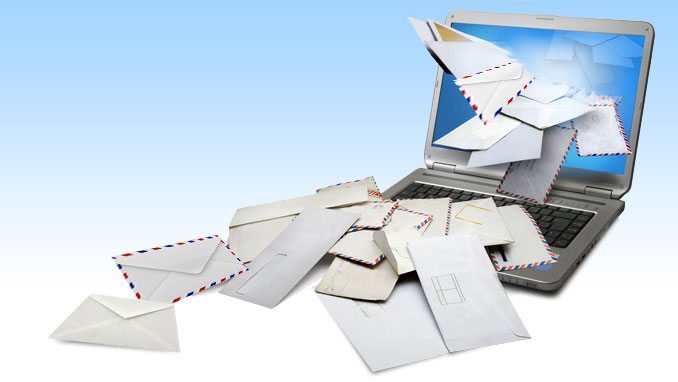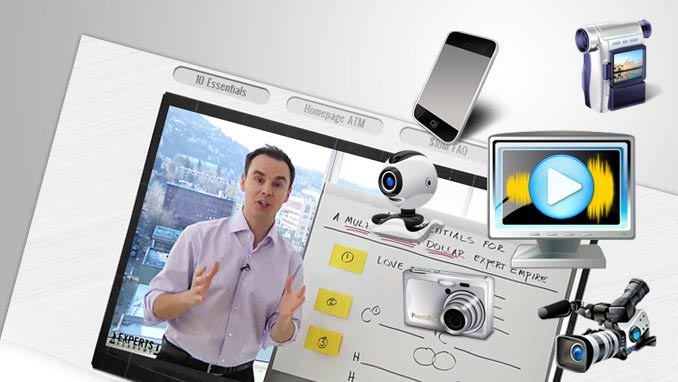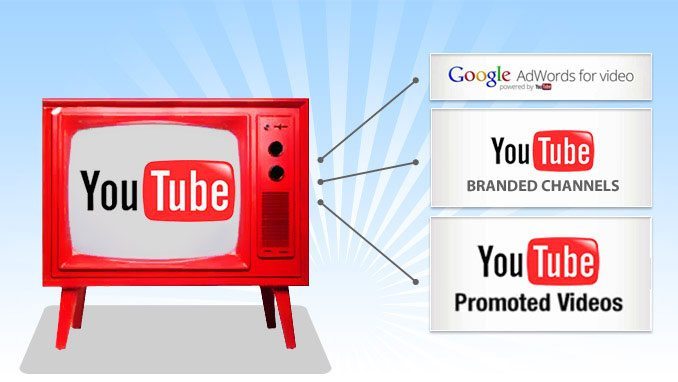


If you have not first effectively defined why you are embarking on an email marketing campaign, spending time improving the “in-business” tactical elements will not significantly improve your efforts. Determine first what’s the ultimate message you want to resonate with your reader and how your reader will be able to demonstrate that they have not only understood your message but also acted on it.
We believe that out of all the thousands of types of emails you can design, or hundreds of thousands of permutations of creative, i.e. images and marketing copy, for your messages, you will ever create only five key types of email messages: that is awareness, consideration, conversion, product usage, and retention & loyalty.
These types represent different stages in the overall email campaign. Although the stages are generally distinct, they may overlap over time as your customer and prospects move through the various stages.
Each type incites one of five types of actions and plays a unique role in helping a company drive home its brand or marketing message with a customer. You can effectively choose which type of emails you should send to a customer only once you have identified why you are sending that customer an email.
Awareness Emails
Forget email marketing for a second, and think about the goal of creating brand or product awareness with your consumer. At this stage, you are simply trying to create awareness that you exist in a consumer’s mindset.
Think about how your email campaign – from segmentation to creative and copy design to the call to action and even reporting analysis – will change if the main goal of the email is not to sell but to drive awareness of a brand, product, or service. Awareness-focused emails often do not work alone. They are meant to drive a recipient to another location, offline or online, to get more information, or to be engaged with the brand or product.
Apple does this really well recently. It launched its latest version of the iPhone. But the iPhone is not going to be ready for one month. Therefore, the purpose of this email is simply to make consumers aware of something they may be interested in and put the thought into their heads that more messaging is coming so that they will be more receptive to the next message.
Consideration Emails
Once you have a consumer’s attention (usually at the point where they have been exposed to your product or service multiple times), you need to think about a new type of email: email messages that create and drive consideration. Unlike awareness-related emails, consideration emails contain educational elements that actively move the reader toward taking an action to buy or try a product. These emails focus on specific benefits of the product and in many cases provide a means for people to self-qualify themselves as viable prospects.
Take for example, Zinio Labs. Zinio is a digital publishing services company that creates new ways to read digital publications in a mobile environment. When Zinio comes out with a new product, it is often free to test. The purpose of its emails is to drive consumer awareness and consideration for a new way to read publications.
Conversion Emails
Conversion emails are the most common form of email marketing messages that a person receives outside of personal communications.
These messages are those standard, hard-hitting, “Buy it now” and “Sign up today” emails. Conversion emails work well when the reader is already in the mood and mind-set to purchase something from your company but these emails can be the worst performers when you evaluate your return on investment (ROI).
The secret of an effective conversion email is that it is sent only after you receive a “buying signal” from your reader. Even in the world of email, these buying signals exist; you just need to know what to look for.
Most companies that send conversion-based emails effectively either have a well-known product or service or are offering something price-sensitive or as an impulse buy. Catalog companies typically send these types of emails to subscribers who have purchased from them in the past. Travel and leisure companies also send many of these types of emails in an attempt to get people to buy when they are in the mood.
Product Usage Emails
After the initial sale has been made, many email marketers get lazy, stop working, or flip the responsibility of emails to another department within the company. Resist the possibilty as this is a trap.
For example, when you purchase something from Amazon, you immediately receive a confirmation email. Inside that email are some recommendations of other products that people who bought the same thing you did also purchased. A week later, you receive an email asking you to complete a survey about how happy you are with the product you have purchased and, again, subtly recommending products “others like you” have tried. This sneaky but clever service-oriented approach to the email cross-sell/up-sell works more times than you can imagine.
The bottom line is, once someone purchases your product, they are going to use it. And whether they like the product or not, they will be talking about their experience, possibly online. Your best bet is to keep the lines of communication and influence open and capitalize on this effort; by sending emails as they are using the product, you can help soothe upset consumers or expand the reach of loyalists.
Remember that consumers are 127 percent more likely to purchase something else from your company immediately after they have completed their initial purchase. (Source: DMA)
Conversion emails do a fantastic job of creating a feeling of a true reciprocal relationship between the customer and the company. Pair this with the recent good feeling a customer gets when they buy something they love, and you have the makings of a win-win situation.
Loyalty Emails
Similar to usage emails, loyalty emails are sent only after a sale or transaction has taken place between you and your customer. The difference is that usage emails drive the customer to use the product or service they just purchased, and the emails encourage the reader to share their resulting feedback with friends and family. This helps capitalize on the “high” of buying something they value to leverage viral marketing. Loyalty emails, however, have a much longer life span. They need to keep someone engaged with your product or service for the life of your relationship with them (or until it is time to make the next purchase).
The role of loyalty emails is simple: keep your company and your company’s sense of value on top of the consumer’s mind. Often referred to as e-newsletters, loyalty emails don’t sell, they celebrate!
Women’s lifestyle e-magazine VIV mag does a good job of setting up loyalty emails in between issues. Their content is not too sales-oriented but more focused on building the relationship and reinforcing to readers that they made a good choice in purchasing this product or service in the first place.
Moreover, email did not start as a marketing channel; it was a way in which to create real-time communications that eliminated geographic barriers. In a consumer’s mind, is not about marketing; it is about personal relevance. Personal and business messages are combined inside an inbox and fight for attention based on how effectively they can positively impact the reader’s life.
When all is said and done, effective email marketing campaign doesn’t start with the most beautifully designed message; it begins by getting one of the five types of email into the consumer’s inbox and driving the right reaction from the reader.




